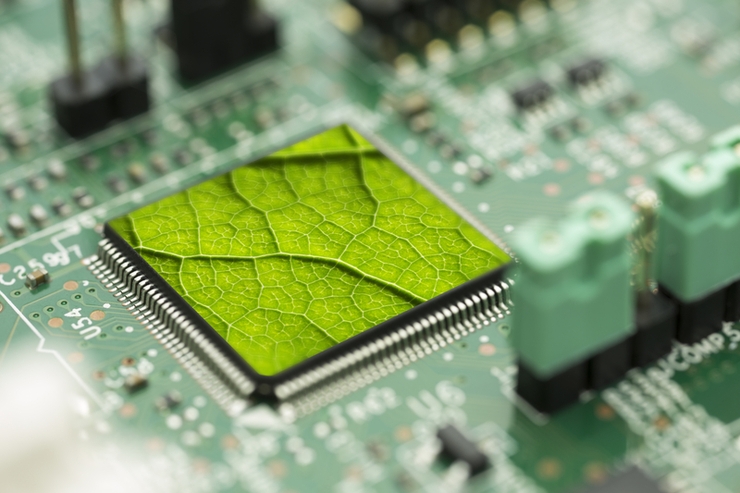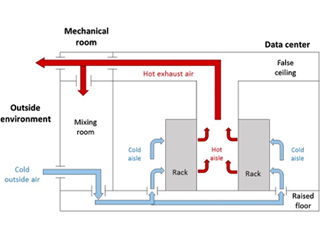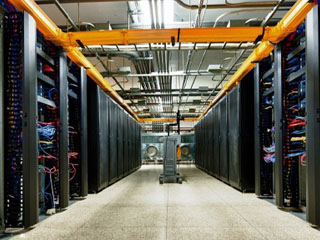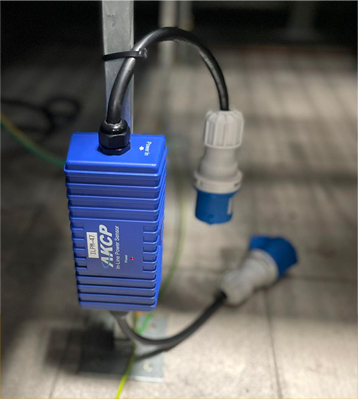Today’s society is heavily reliant on digital platforms. All aspects of our lives are now dependent on technology one way or another. As the COVID-19 virus struck worldwide, our digital reliance even more increased. In turn, it intensified the need for data center services. There is a trend for the transition to sustainable data centers.
The challenge for organizations is to find alternative solutions to lower data center power consumption and decrease the amount of environmental impact they have.
Nowadays, there are many advanced technologies along with modern data center designs that support sustainable practices. Organizations may incorporate these practices to promote sustainability in their facilities.
Massive Consumption Obstructs Data Center Sustainability
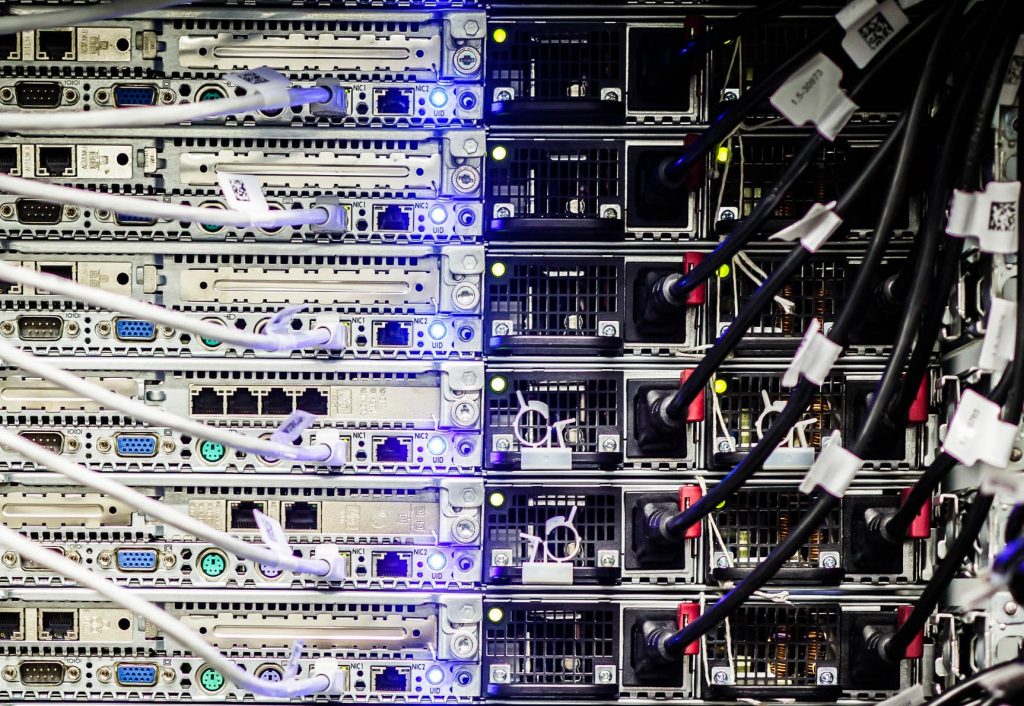
Photo Credit: www.wired.com
Society today is more environmentally conscious than ever. Depleting natural resources and greenhouse gas emissions are among the top issues in our environment. We are all consumers. We equally share the responsibility of helping our environment in any way we can.
The more you consume, the more effort is needed from you. Data centers consume vast amounts of resources. Hence, it is necessary to take bigger steps toward sustainability, but this is not without its challenges.
-
Power Consumption
In 2020, data centers consumed 2% of the total power usage globally. This consumption will only grow in the coming years. But there is still hope for sustainability. Although data center workload increased as much as six times from 2010 to 2020. The total power consumption did not increase to the same level. Technological advances help to lessen the power consumption albeit the large increase in data.
-
Water Consumption
Water consumption is also a major concern in data centers. In the US, 660 billion liters of water annually are used by data centers. This resource is used to generate power and cool facilities. Today, there is much threat to our natural sources of water. Hence, organizations need to promote sustainability in this area as well.
-
Greenhouse Gas Emissions
Data centers emit two percent of the total greenhouse gas emissions. This is almost comparable to the emissions of the worldwide airline industry. Greenhouse gas is an environmental problem that worsens global warming. Organizations need to look for ways to decrease their air waste.
Sustainable Development in Data Centers
In 1980, the Uptime Institute drove the hot aisle and cold aisle containment in the data center layout. This began the movement toward more sustainable data centers. Aisle containment is effective to improve power and cooling efficiency in facilities.
In 2004, the ASHRAE published a thermal guide for data centers. ASHRAE suggested that a slight increase in temperatures in the facility can decrease cooling requirements. From 12.8°C (55°F) to 27°C (80.6°F). Data centers can safely operate within these temperatures. Reducing the cooling requirement in the facility.
Later in 2007, the power usage effectiveness (PUE) metric was published by The Green Grid. This prompts operators to track their data center power consumption. Monitoring power consumption is essential since it allows operators to diagnose issues and look for ways to increase power sustainability. The PUE metric has been the standard for power efficiency monitoring in data centers.
Initially, the standard PUE level is 2.5 to 3.5. But later it decreased to 1.5 or lower. Today, the most efficient facilities operate at 1.1 PUE.
Just recently, ASHRAE published research about legacy relative humidity (RH) levels. In 2014, ASHRAE found that 45% to 55% of legacy RH levels are unnecessary to avoid static discharge. Instead, an 8% RH level can still prevent static discharge. Given that the IT equipment is properly mounted or grounded.
These guides promote sustainability in data centers. Incorporating these techniques allow organizations to shift one step toward more eco-friendly data centers.
Datacenter Strategies That Promote Sustainability

Photo Credit: www.sdg-dc.com
Today’s data centers have made new initiatives to promote sustainability. Some of these initiatives are explained briefly below.
-
Backup And Resiliency Plans
Most data centers use diesel-powered generators as backup systems. But today, large enterprises such as Google are now using lithium-ion batteries for backup power. This initiative promotes a carbon-free backup system for data centers.
-
Cloud And Colocation
Moving to the cloud is yet another sustainable practice for organizations. Through colocation, organizations can work in a single facility which allows them to save costs. Colocation reduces the need for more infrastructures that use vast amounts of resources. It also minimizes power, water consumption, and waste production.
-
Decreasing Data Storage
The demand for data storage is only ever increasing. Nowadays, 2.5 quintillion bytes of data are produced daily. This is likely to reach 463 exabytes daily in 2025. Organizations can use data compression. As well as deduplication and thin provisioning to reduce data storage needs.
-
Design And Location
The location of a data center has a major impact on the facility’s sustainability. Data centers in colder environments have lower cooling requirements. While those in hotter places need higher cooling requirements. Hence, when building your data center, it is essential to choose the location wisely.
Moreover, data center design can also affect sustainability. New data center designs are built with efficiency in mind. Hence, it is anchored more towards efficiency and sustainability.
-
Liquid Cooling
Air cooling is more inefficient than liquid cooling. The liquid is a more effective medium in removing heat. Hence, liquid cooling is highly efficient in decreasing data center temperatures. It can also decrease power consumption by 20% to 30%
Renewable Power And Sustainable Equipment
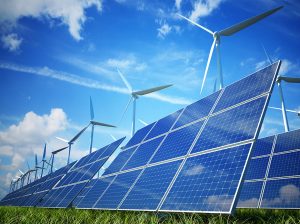
Photo Credit: www.chandlermacleod.com.hk
-
Renewable Power
The biggest challenge to sustainability is the transition toward clean and renewable energy. Relatively smaller facilities can incorporate hydro and wind power. While larger facilities can use solar power.
You may also use fuel cells for on-site power generation. This is helpful for those facilities that can use methane from landfills. It is a more sustainable practice as you can use non-fossil fuels. Remember that this strategy still produces a carbon footprint. But they produce much smaller greenhouse gas than your typical coal and oil fuels.
-
Sustainable Equipment
If you have the budget, it would be better to change your legacy equipment with new ones. Nowadays, there are much more efficient IT equipment in the market. You might want to consider upgrading your computer processing equipment together with the power and cooling systems. There are also “energy star” rated servers that can significantly improve power efficiency in your facility.
Remember to shut down unused servers to not waste power. Virtualization and consolidation will also help improve equipment efficiency.
You may want to incorporate these infrastructures to further improve your power efficiency.
- Transformerless and modular UPS
- Overhead cooling or close coupled in row cooling
- Aisle containment
- Liquid-cooled rear door heat exchanger
- Full liquid immersion cooling
- Direct liquid to chip cooling
Going Green With AKCP
Solar Panel and Battery Monitoring
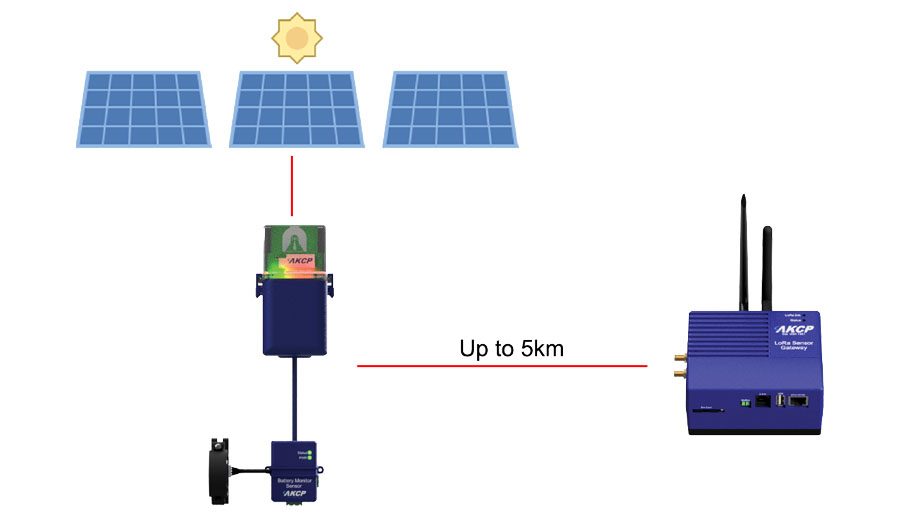
Solar Panel and Battery Monitoring
Solar Panels are becoming a more prevalent form of alternative power worldwide. Lower electricity costs and a lower carbon footprint contribute to their popularity.
Solar Panel Monitoring Systems are employed to check that you are achieving efficient output from your panels. Analyze your system performance, power output, and battery health for peak panel performance and power efficiency.
Conclusion
As we know, data centers are vast consumers of power. These facilities run 24/7 and rely on power for all their operations. With the growing demand for data centers comes an even greater demand for power. Hence, sustainability is among the forefront concerns in the data center industry.
Reference Links:
https://teamsilverback.com/three-ways-to-data-center-sustainability/
https://www.nlyte.com/solutions/data-center-sustainability/
https://mb.com.ph/2021/08/10/boosting-data-centers-for-an-integrated-sustainable-and-dynamic-future/

